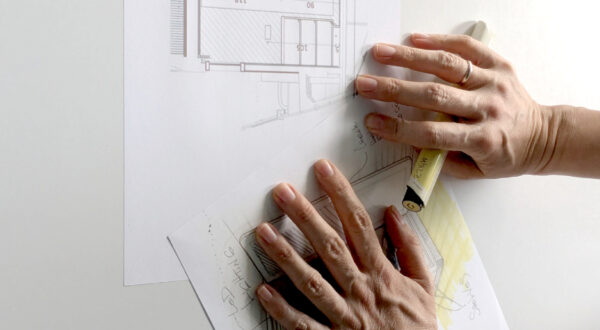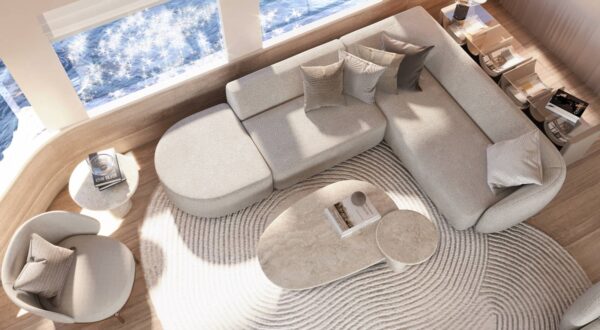A smart home design is one with a specially designed automation system to help tenants monitor and control almost all aspects of the place they live in. These include security systems, lighting, audio-visual systems and the like.
One of the basic (and somewhat erroneous) assumptions related to smart homes is that the people who live in such places want their whole lives to be just one click away from absolute luxury because their financial status allows this kind of lifestyle. However, time has shown that smart home users are usually people who care about the place they live in and want to make it a safe and efficient environment, fully adapted to their way of living. Therefore, a number of home automation companies work by the idea “Worry less, care more”.
Thanks to its characteristics, the smart home is easy to adapt to the owners’ habits, their usual daily activities, and lifestyle. In doing so, the automation system installed in the house is completely easy to maintain and use. All this leads to the conclusion that every ordinary house is just one step away from being smart. Yet, to make it work, a smart house needs a smart investment.
Now let’s cut to the deal and try to answer an obvious question:
How hard is it to order the house to do something instead of you?
It is quite simple, actually. One of the most popular options today is the embedded touchscreen panel hidden in plain sight, as well as the wireless connectivity devices and applications for mobile phones. Remote controls are still present, but less popular. Of course, these four control modes can be combined if required. Features on all of the above tools are very simple, and their use requires no technical knowledge.

House vector created by Freepik
If you decide to start with an easy automation system, you can later upgrade your system with no problems. The equipment will, in any case, be elegantly designed, hidden away from prying eyes, and, if desired, enriched with interesting options.
What are the usual smart home design benefits?
– advanced safety systems that are easy to operate and remotely control,
– audio-video supervision that can help you keep an eye on your children and pets in other rooms,
– a wide variety of implementations that help you run the household,
– various innovative kitchen appliances to help you organize better and save energy,
– lighting management that fits the users’ needs,
– advanced high-tech AV systems
To find answers to more of these questions, keep in touch since we are preparing a series of seven articles covering all the smart home options. If you want these articles sent directly to your mailbox once per week, click HERE to subscribe.







